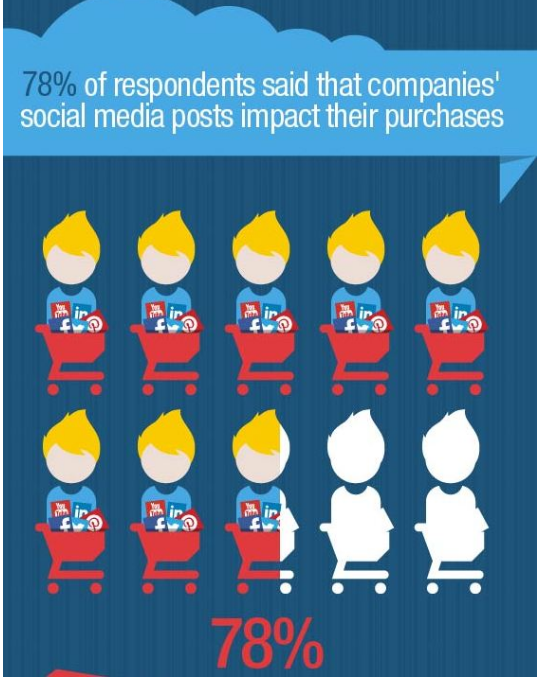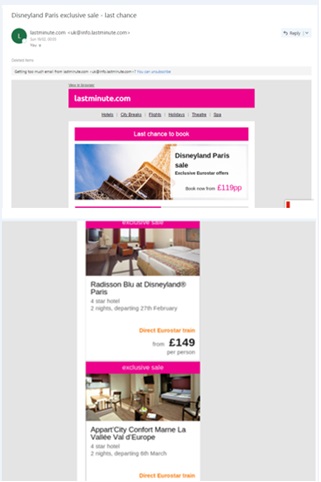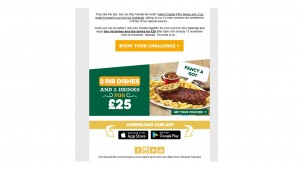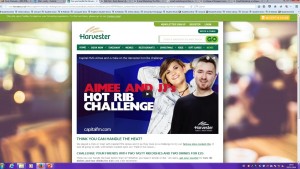Email marketing was always seen as one of the top dogs in marketing but is this a marketing channel that is dying out? Many firms have abused email marketing over the years by sending overwhelming amounts of emails and just annoying the recipients who then see it is as Spam and put it straight in the deleted bin. Some people believe that email marketing is a dying trend. However, I would like to disagree and prove exactly why it is an effective form of digital marketing and especially for the travel industry.
There are other highly successful and popular forms of digital marketing tools to share campaigns such as social media marketing. There has been plenty of debates about whether social media triumphs email and vice versa. However, social media and email marketing shouldn’t be seen as you must pick one or the other. Ryan, (2014) explains that social media can be used to amplify exposure and traffic therefore email marketing and social media can work in harmony together and support each other with campaigns. For example, looking at Thomson holidays, they could send an email to all subscribers and previous customers about their 2018 summer sale. Then support this campaign with this social media post:
Social media posts can therefore assist the email campaign in conversion creating a stronger and more effective campaign. They work well together to connect with their audiences in a powerful way. More can be read on social media and email campaigns here:
https://litmus.com/blog/how-to-successfully-integrate-email-and-social-media
However, after speculation from others that email marketing is potential a dying trend, there is many reasons as to why this is not true and why email campaigns are still a very effective method alone. Additionally, for the travel industry, I still believe email campaigns are the most efficient method.
Firstly, you can really personalise your emails towards the customer, with the rise of big data and the information from previous bookings you could even personalise the email to match similar budgets, similar locations or even a package holiday that’s from their local airport (Lucas, 2015). With this precious information, it allows better identification of the users wants and needs (Montgomery & Smith, 2009). These personalised emails can reach a mass audience, with content that seems personal and relevant to the recipient (Daykin, 2015). It is highly likely that you are more inclined to open an email if it is personalised and more relevant to you. Campaign Monitor, (2016) discovered that “emails with personalised subject lines are 26% more likely to be opened. So, with relevant and personalised content, this is email marketing’s secret weapon to success and what can make it such a powerful tool in digital marketing and delivering successful campaigns.
Email marketing allows you to be able to grab audiences attention with subject lines like this:
Straight away, my attention was caught and I was keen to find out what exclusive offers I could receive by being an email subscriber. By stating that ‘I qualified’ and this is ‘by invite only’ this is building a customer relation as I feel I was being rewarded for being an email subscriber. Mohammadi et al. 2013) agrees that by using a subject line that can be personalised can build customer relations. When customer relations are built, you become more familiar and fond of that company and therefore if I was to see an email in future from this company I’d be more inclined to open it. Which could therefore lead to higher conversion rates and more sales.
Email marketing is an efficient way of reaching mass audiences in one go and for successful travel companies, they would have very large audiences. For any purchases made on travel websites you need to enter an email address to make your booking, meaning, these companies will have this large store of previous customer’s emails. But also, the potential to gain more email subscribers who could be potential future customers. Studies show that nearly 54% of the entire planet is using email (Tschabitscher, 2017).
Finally, email allows effective ways to review the success and return on investment and other key performance indicators. This allows marketers to accurately measure customer’s actions (Weible and Wallace, 2001) With this wealth of knowledge marketers are also about to review how successful that campaign was, but also to improve future campaigns.
It is definitely not a dying trend and is still a very effective way of marketing campaigns and it is a tool that travel companies should not forget about or pay attention too. The main benefits would be the building of customer relations, the better the relationships the easier it is to retain customers, keep them away from competitors and generate revenue. Personalised emails can also keep customers engaged and satisfied. Finally, it can reach such large audiences extremely quickly and effectively, it offers great exposure.
Word count: 795
References
Campaign Monitor (2016). The New Rules of Email Marketing – Campaign Monitor. [online] Campaignmonitor.com. Available at: https://www.campaignmonitor.com/resources/guides/email-marketing-new-rules/ [Accessed 26 Apr. 2017].
Daykin, J. (2015) Personalised marketing at scale is the next big thing in digital. The Guardian. 19th March 2015 [Online]< http://www.theguardian.com/media-network/2015/mar/19/personalised-marketing-digital-future>[accessed 27th April 2017]
I-Scoop (2015). Email marketing versus social media – once more. [online] i-SCOOP. Available at: https://www.i-scoop.eu/email-marketing-versus-social-media/ [Accessed 26 Apr. 2017].
Lucas, J. (2015). 5 Useful Email Marketing Tips for the Travel Industry. [online] Emailcenter. Available at: https://www.emailcenteruk.com/blog/2015/10/5-useful-email-marketing-tips-for-the-travel-industry/ [Accessed 25 Apr. 2017].
Mohammadi, M., Malekian, K., Nosrati, M., & Karimi, R. (2013). Email Marketing as a Popular Type of Small Business Advertisement: A Short Review. Australian Journal of Basic and Applied Sciences, 7(4), 786-790.this
Montgomery, A.L & Smith, M, D. (2009) Prospects for Personalization on the Internet. Journal of Interactive Marketing. Vol 23, No. 2, p130-137
Ryan, D. (2014). Understanding digital marketing. 3rd ed. Philadelphia, PA: Kogan Page Ltd, pp.151 – 153.
Tschabitscher, H. (2017). Can You Guess How Many People Use Email Worldwide? (It’s Astonishing!). [online] Lifewire. Available at: https://www.lifewire.com/how-many-email-users-are-there-1171213 [Accessed 26 Apr. 2017].
Weible, R. & J. Wallace. (2001) The impact of the internet on data collection. Internet Marketing Readings Online Resources. McGraw-Hill, Irwin: Boston, pp.274-281.











